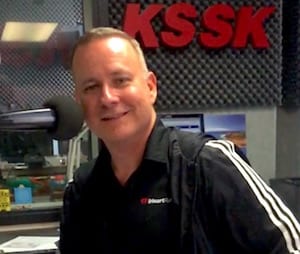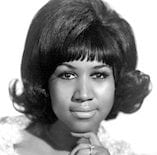Hawaii Radio Braces For Hurricane Lane


RAMP reached out to Jamie Hyatt, iHeartMedia’s longtime SVP of Programming for Honolulu, who was gracious enough to take some valuable time out from his cluster’s storm prep to give us this real-time update, as he told us, “We keep hoping Lane will take a turn west, but that hasn’t happened yet. Our flagship station in Honolulu, KSSK is live on the air around-the-clock with news updates. (That’s KSSK midday personality Scotty Blaisdell on the air informing people as Hyatt wrote this). “We are anticipating going wall-to-wall if and when it starts to get bad. If the worst-case scenario happens, we’ll simulcast KSSK on our sister stations, including KDNN (Island 98.5), KUBT (93.9 The Beat), KUCD (Star 101.9) and KHVH (News Radio 830) with wall-to-wall coverage as well. As broadcasters, it’s our job to be that voice of calm in the storm, informing our listeners with the most recent information they need for their families.”


“Our Digital PD Romeo Valentine and staff are also working around-the-clock to post updates on the storm and publish blogs and posts that keep the audience informed in every way we can think of including preparation,” Hyatt said. “Anyone who can’t make it into the building is asked to be a field reporter, contributing through phoners or by providing social media and website content. We’ve had our staff prepare and make plans with their families so they focus on the situation at hand. The less they have to worry about their loved ones, the more focused they’ll be on delivering vital information.” In conclusion, Hyatt said, “Sure social media and television are more glamorous than radio, but when the power is out, it’s pitch black, the storm is bearing down and you can’t turn on your TV or charge your phone, that battery-operated radio comes in really handy. That’s where we come in.”








